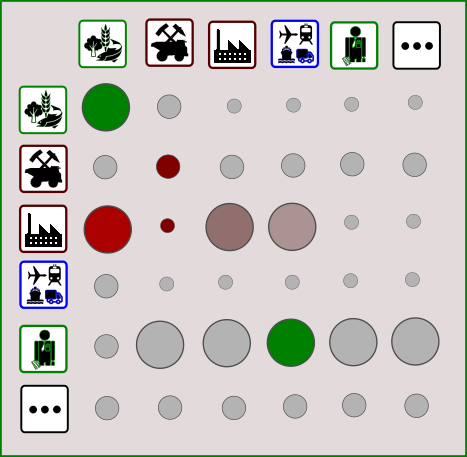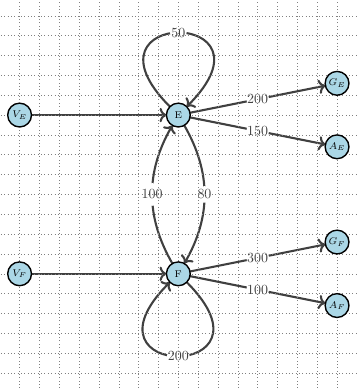
The role of EEIO frameworks in Green Public Procurement monitoring
In this post we provide a summary of the methodological approach and the opportunities and challenges when using Environmentally Extended Input-Output databases and models to assist with the implementation of Green Public Procurement Monitoring Processes.
Motivation
The public sector avails of significant purchasing power when contracting with the private sector for goods, works and services. This provides it with meaningful leverage across a good fraction of economic activity. Significant efforts are underway worldwide to utilize this leverage towards achieving sustainability goals. Yet implementing sustainable procurement at scale remains a task of enormous complexity that requires significant investment in different areas: in developing suitable policies, in establishing appropriate information flows and methodologies and, not least, in embedding these new practices and behaviors across swathes of economic activity.
In this blog post we provide a brief overview of how an important class of economic analysis tools termed EEIO, or environmentally extended input-output frameworks, can be utilized to support the implementation of key public procurement sustainability objectives. We sketch the nature of these tools, how they can be used to provide relevant information, and the pros and cons of such an approach.

